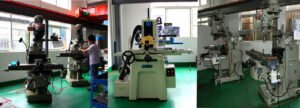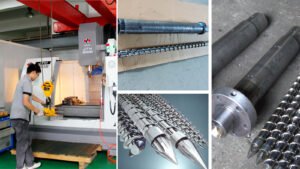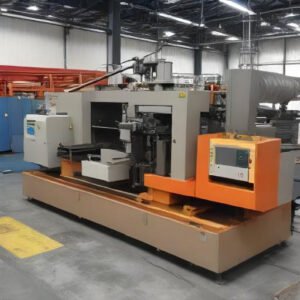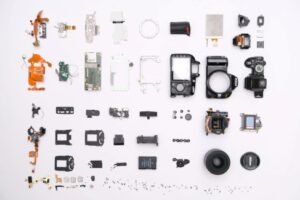Contents
A Brief History of Plastic Injection Molding
History of Plastic Injection Molding Before the Industrial Revolution
The First Injection Molding Machines
The First Modern Breakthroughs
Plastic Injection Molding in the Modern Era
Plastic Injection Molds: A Critical Element
Introduce
Ever since time immemorial, industrial production has been a stable pillar of human society. Commerce surfaced very early in human history, and it is thanks to this development that we as a species can thrive. Thus, industrial production grows along with the history of humankind.
Plastic injection molding is a recent method of production, but its history dates back hundreds of years, and it builds upon the success of many production methods that came before. This article helps to provide a brief overview of the history of plastic injection molding.

History of Plastic Injection Molding Before the Industrial Revolution
The history of plastic injection molding starts in quite a surprising spot: Pottery. Just like injection molding, pottery is all about shaping the earth into a desired size and consistency, creating the foundation for all future methods of production.
Blacksmithing is as close as it can get to plastic injection molding in the medieval era. In blacksmithing, the blacksmiths pour hot molten metal into a mold so that it takes that shape. They then pound the piece of metal to remove any inconsistencies or defects.
The First Injection Molding Machines
As the Industrial Revolution kicks in, companies are always in search of a better way to manufacture products. Thus, the race for the best injection molding machine begins.
The first plastic injection machine was documented in 1846, invented by Charles Hancock, a relative of the famous inventor Thomas Hancock. This first machine worked on a different principle compared to modern injection molding: Instead of pouring molten materials into a mold first, they actually filled the mold with materials, then subjected them to heat treatment, which liquefied them. Afterwards, they would wait for the materials to cool down. The first products were coats of arms, and materials were oak, mahogany, and other kinds of wood.

In 1872, an American inventor by the name of John Wesley Hyatt patented another rudimentary plastic injection molding machine. Its design was very simple: It had a mold, a plunger, and a heated cylinder. The engineers would inject the plastic materials into the mold through the cylinder using the plunger. As the materials pass through the cylinder, they will get melted by the time they reach the mold. In this era, the primary products were simple buttons and hair combs.
Do note that the plastic materials used in these rudimentary machines were not the plastic materials we are familiar with today.
The First Modern Breakthroughs
In the early 20th century, industries advanced exponentially, and new injection molding methods followed closely. In 1903, German chemists Arthur Eichengrün and Theodore Becker discovered a new form of cellulose acetate with much less flammability than cellulose nitrate, creating the first basis for modern injection molding materials. Arthur then went on to invent the first injection molding press in 1919, and he patented this invention in 1939.
After World War 2 ended, there was a huge demand for cheap but high-quality products to aid the reconstruction of the affected countries. Industrialists took this opportunity to develop injection molding even further. In 1946, the first screw injection molding machine was invented by James Watson Hendry, an American. This machine offered much better precision and control compared to the previous injection molding machines, presenting a great leap in the development of the field. The screw injection molding also enables the engineers to mix thermoplastic materials with recycled plastic or coloring agents, resulting in much better products.
James’ contributions didn’t stop there. Later on, in the 70s, he invented the gas-assisted injection molding process, which produced even better products at lower operation costs. The cooling time was significantly reduced, and the complexity of the products increased considerably.
As plastic production overtook steel production in the late 70s, plastic injection molding gradually became the premier production method for manufacturers around the world, which meant that development of better and more efficient processes was increasing at a rapid pace. In the early 1990s, aluminum molds became the standard in injection molding, and it would not be long before plastic molds dominated the field.
In recent years, the rise of AI and automation has made plastic injection molding even more efficient. Engineers do not have to follow every single step of the process all the time, as AI and automation can help them with repetitive tasks.
Plastic Injection Molding in the Modern Era
In the modern era, plastic injection molding is used for pretty much all products you can name. Medical devices, airplane parts, automotive parts, etc. are all produced by modern injection molding processes, which offer amazing flexibility and precision. These features allow manufacturers to produce complex products such as airplane parts with ease, as these products are heavily regulated. The future is looking bright for plastic injection molding and the wide range of benefits it brings!

Plastic Injection Molds: A Critical Element
Aluminum injection molds were the standard in the 90s, but plastic injection molds have proved to be the superior choice due to their surprising durability and flexibility. Plastic injection molds can take on complex designs with ease, but you will need to contact an expert to design the perfect mold first. One small defect in mold design can easily cause an entire order to be disqualified.
KuiXing Shanghai is a team of experts with over 20 years of experience in delivering high-quality injection molds as well as tools to help you kickstart your own production line. Contact us now for more details about our products.
The history of plastic injection molding dates back hundreds of years, from the 18th century to the 21st. The very first injection molding machine came into being in 1846, and from then on, many soon followed. After World War 2, injection molding became a reliable method of production that delivered high-quality products at very low costs, making it ever more popular with manufacturers. Now, injection molding has become the premier choice for manufacturing plants that wish to take on bulk orders of complex machinery or products.
Reference:
https://www.degruyter.com/document/doi/10.3139/217.980230/html?lang=en
